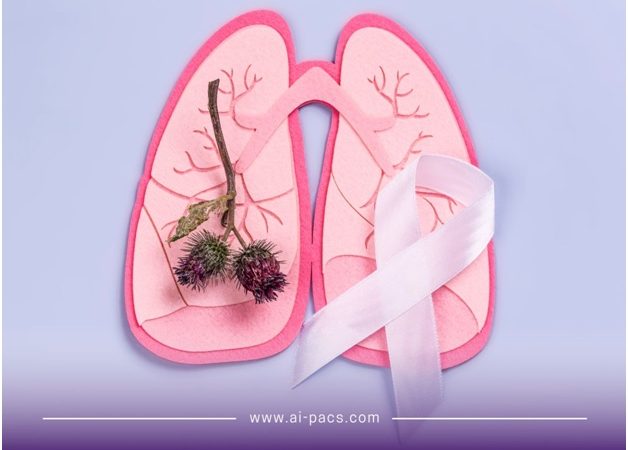5 Signs of PTSD to Be Vigilant About

According to the National Center for PTSD, at least 60% of men and 50% of women will experience a traumatic event in their lives.
Of these individuals, 8 million adults will develop PTSD during any given year.
A traumatic event is an event or series of events that cause a lot of stress. There is a clear sense of horror, helplessness, serious harm, or threat of serious harm or death.
Left undiagnosed or untreated, PTSD can begin to have a serious impact on a person’s daily life and ability to function. Behavioral changes can be subtle signs of PTSD.
Here we will discuss the signs of PTSD and how to handle them.
1. You’ve Experienced a Traumatic Event
Though not everyone develops PTSD after a traumatic event, symptoms can develop anytime after the event has occurred. Sometimes it even happens months later. This can be the case in the development of signs of PTSD in abuse victims.
2. You Have Difficulty Sleeping
A common sign of PTSD is the inability to sleep. This can be accompanied by racing thoughts or anxiety. In more severe cases, you can experience reoccurring insomnia due to worry and panic.
3. You Have Reoccurring Thoughts of the Event
This can include bad dreams of the event, intense emotions when reminded of the event, and physical responses when reminded of the event (accelerated heart rate, difficulty breathing, etc.). It can also include avoiding the topic of the event to prevent feelings of discomfort.
4. You Notice Changes in Mood or Behavior
A traumatic event can leave you with feelings of anger and irritability. This can progress to isolating, losing interest in things and people that used to bring joy, and a feeling of dread about the future. These are important signs of PTSD in children.
5. You Experience a Heightened State of Awareness
You may experience a feeling of always needing to be “on guard.” A state called “hypervigilance” may develop where you’re excessively aware of what’s going on around you. This can affect your ability to concentrate and be present.
Managing the Signs of PTSD
If you suspect you may have PTSD, the first step is to get an official diagnosis from a medical professional.
These professionals can then guide you in forming a treatment plan that is right for your specific needs. Common treatments for PTSD include psychotherapy, medications, or both. This plan will help you move forward.
For some, a treatment center may help jumpstart trauma recovery. A professional can help answer the question, “Is this treatment center right for me?”
The Journey Forward
The journey to healing begins with recognizing the signs of PTSD and becoming willing to reach out and get help. Reaching out takes courage and is the first step to transformation.
You are not alone. There are many people and resources available. There is hope. We can all partner together to help create a full, joyful life.
Read our mental health section to learn more about taking control of your mental health.






